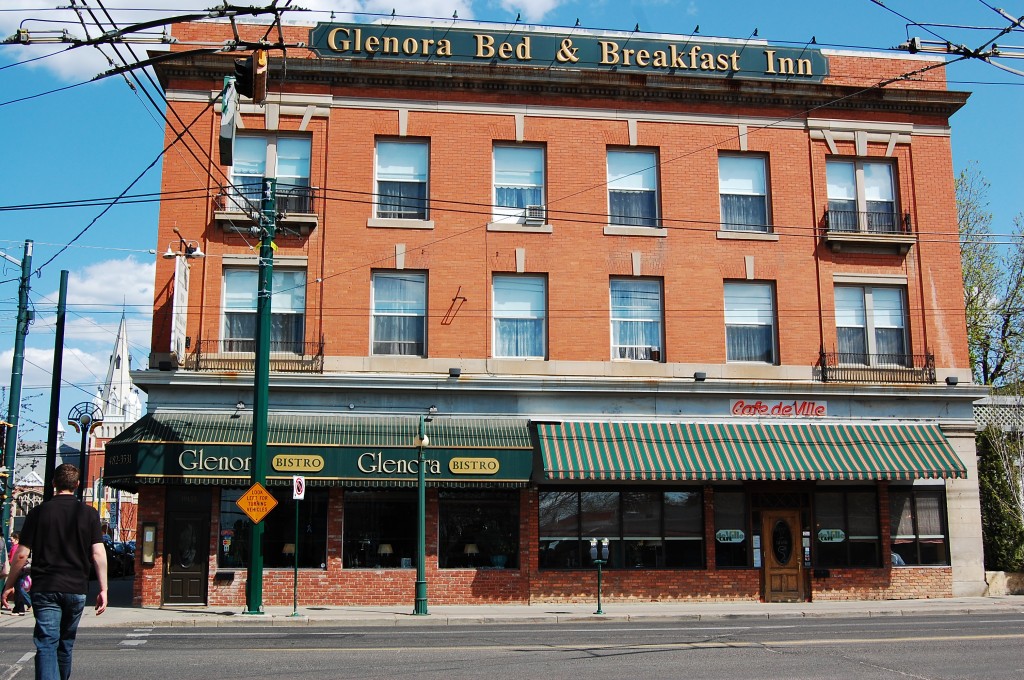Beyond YEG Borders: Gibbons
Mon, 28 JulThe town of Gibbons lies about 30 minutes away from Edmonton to its North-East, situated on the Southern banks of the Sturgeon River. Just over 3000 people reside in the almost 7.5 square kilometres that make up the town. Though comparatively a very small community, it is by no means isolated, considering its proximity to Bon Accord, Namao, Fort Saskatchewan, Redwater, and Morinville. Not to mention the short drive to Edmonton, if the amenities of a larger city are necessary.
The small town is quite old by Alberta standards, and rich in history, as their official website will boast to you. In 1892 William Reynolds Gibbons, an adventurous pioneer, settled the area along with his wife and three kids. Apparently the group was headed for Edmonton but extenuating circumstances (induing the railroad being incomplete as of yet) fated them to start their own settlement, aptly taking the family name ‘Gibbons’.
The town, since its very roots, has been a family oriented community and carries on this tradition into present day. This means a focus on recreational and community activities, with a whole host of programs dedicated to children and youth. Not to be overshadowed, there is also a strong arts and cultural presence to delight children and adults alike.
According to the town’s extensive website:
Residents and visitors can fish for trout in the stocked fish pond, take a walk along the river valley, share a picnic in the park or just enjoy the unmatched scenery. Watch history come alive when you visit the Gibbons Museum or visit nearby Jurassic Forest and spend some time with the dinosaurs.
Among the plethora of recreational facilities and activities, one sport rises above. Hockey is an increasingly focal point for the community’s youth, with the CNN Spurs minor hockey program in effect. This caters to all levels from initiation to midget, and includes a female program as well. All housed in the Gibbons arena, which is also home to many other teams, as well as a mens league. Adjoining the arena is the Gibbons Curling Club.
Gibbons is also home to a cultural centre, which puts on many events throughout the year and even houses the municipal library. There is a town museum open in the summertime which “Celebrat[es] the local Pioneer history of Gibbons and the surrounding Sturgeon river area”.
There are two elementary schools in town, a junior high, and a learning centre focused on the high school level as well as adult education. There are multiple doctor and dental offices, a pharmacy, and a medical centre.


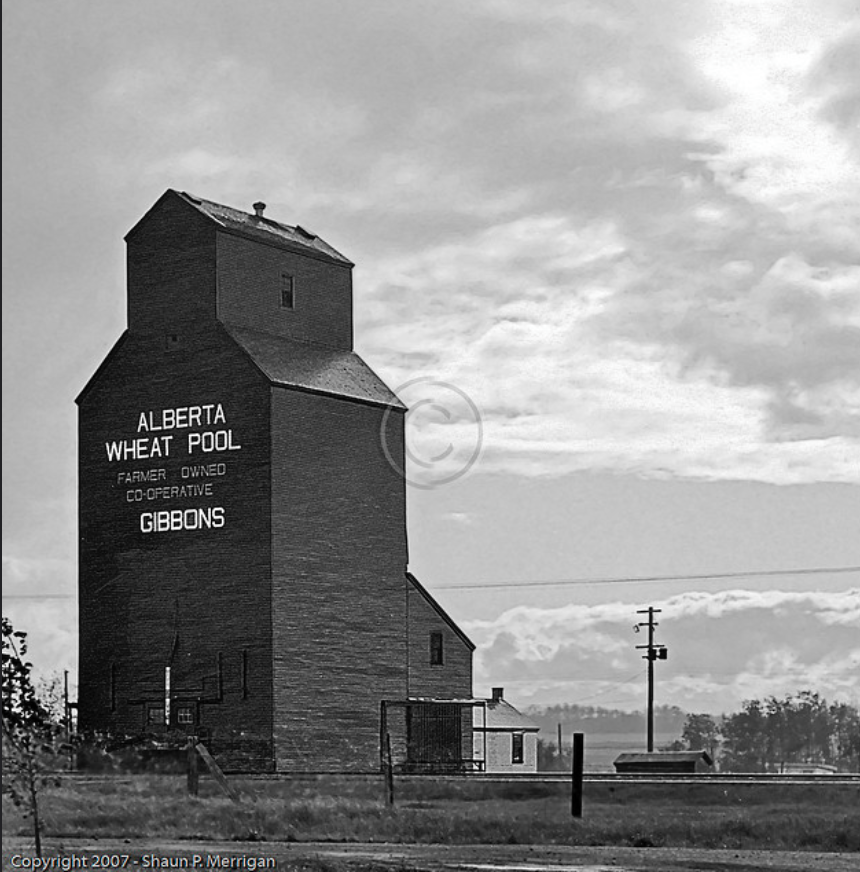
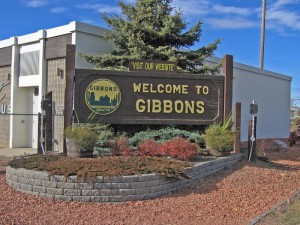

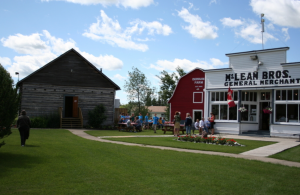
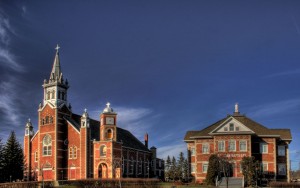
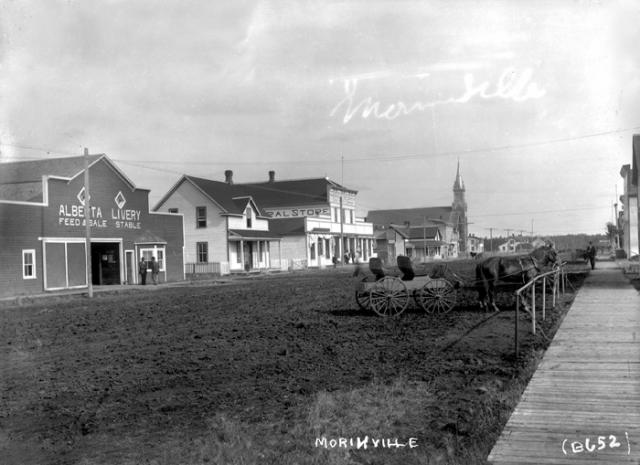
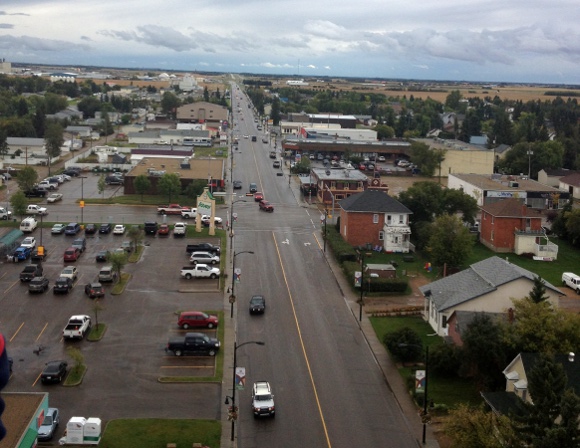
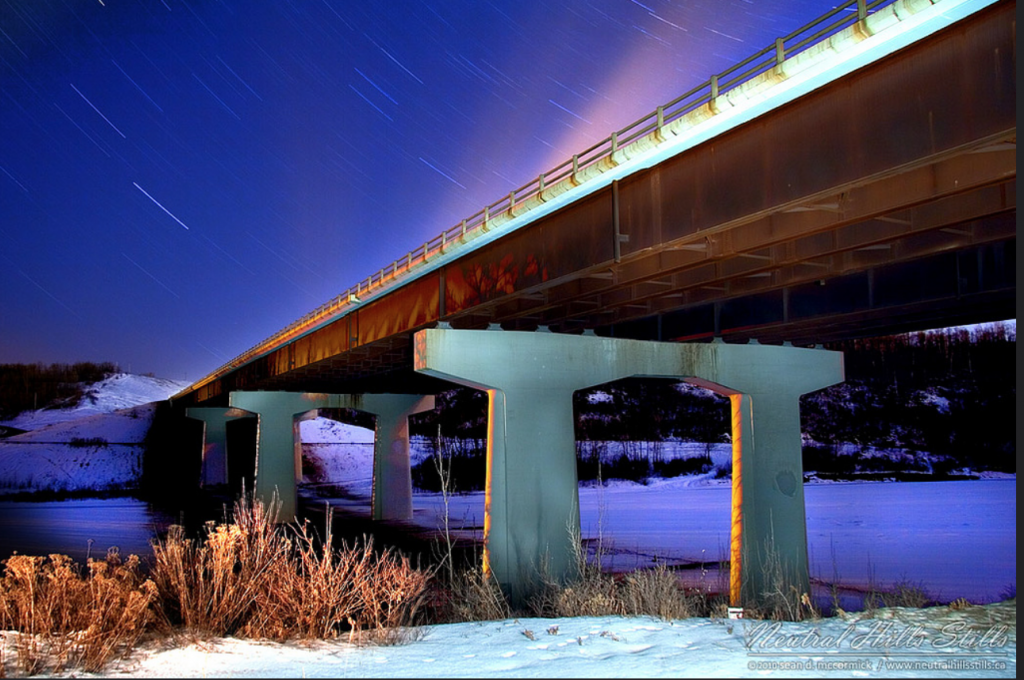
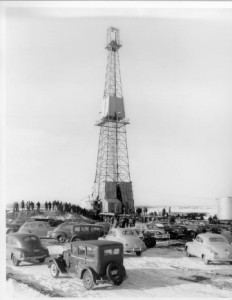
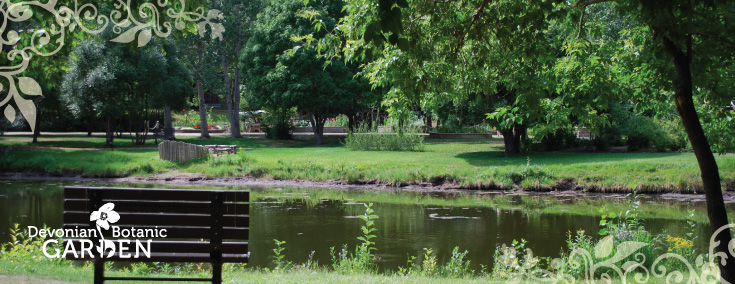
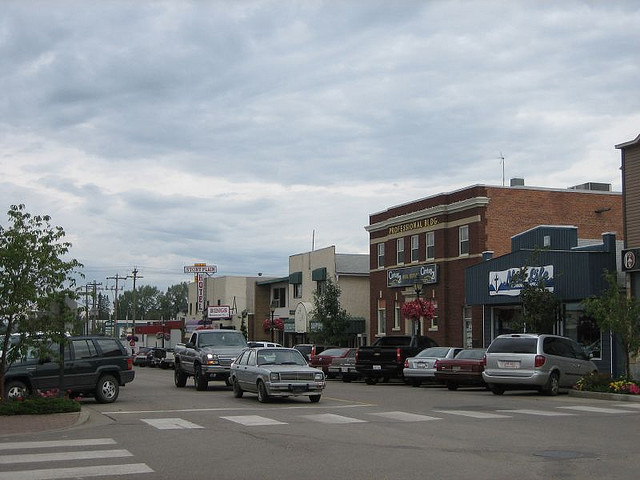

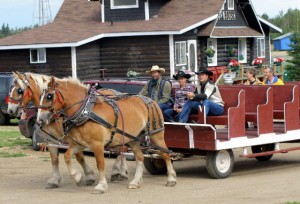
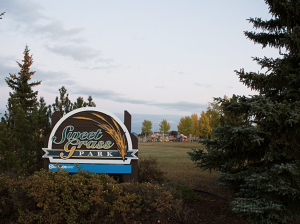
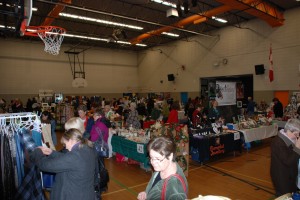
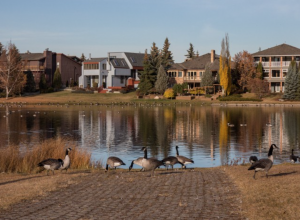
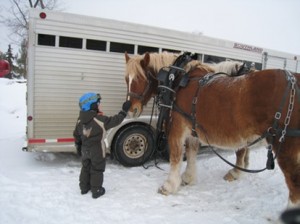
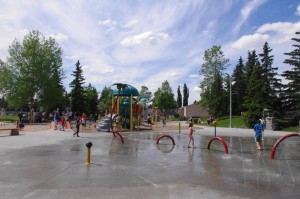
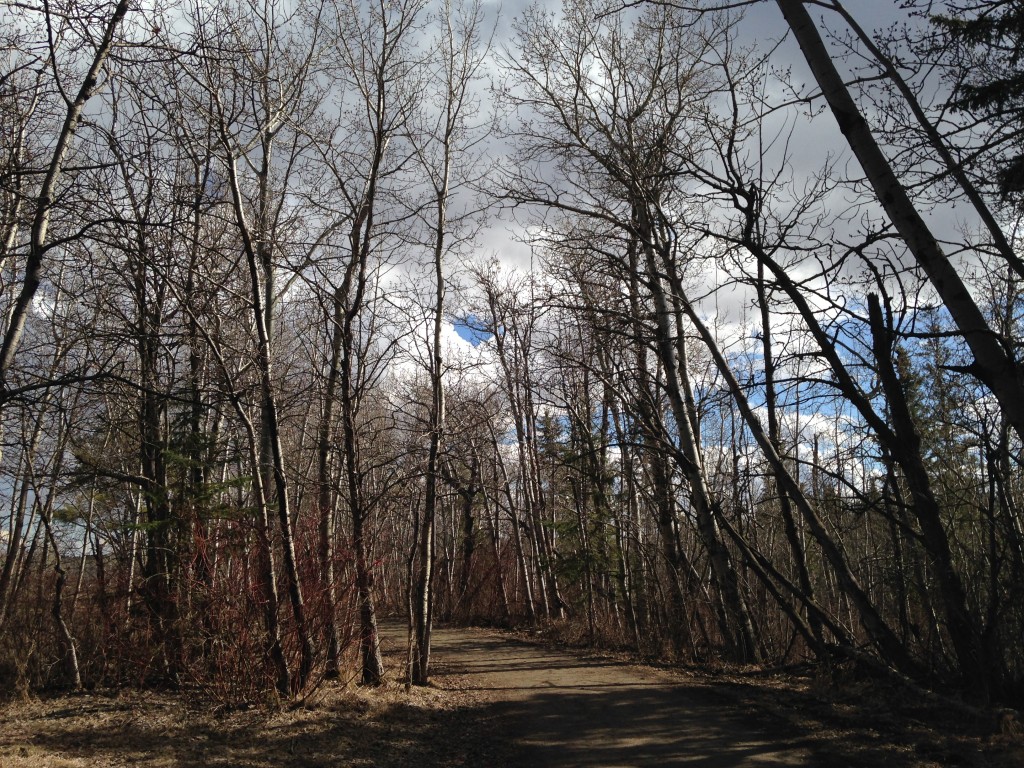 Patricia Heights Walking Trail Access
Patricia Heights Walking Trail Access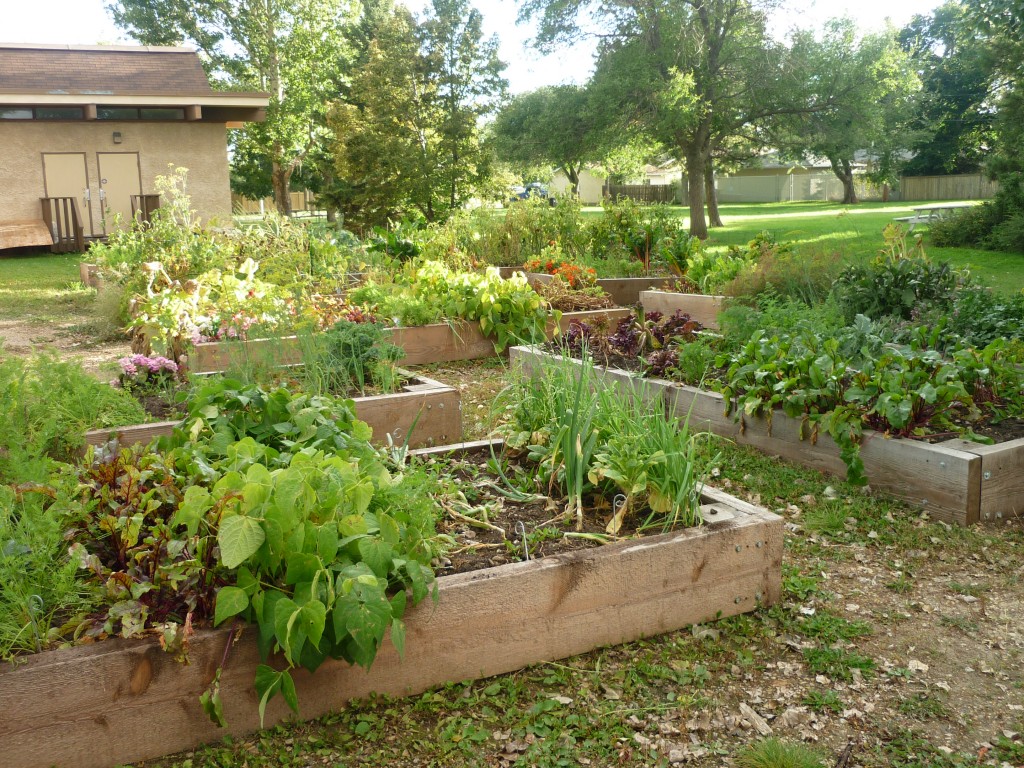 Rio Gardens sustainable food initiative.
Rio Gardens sustainable food initiative.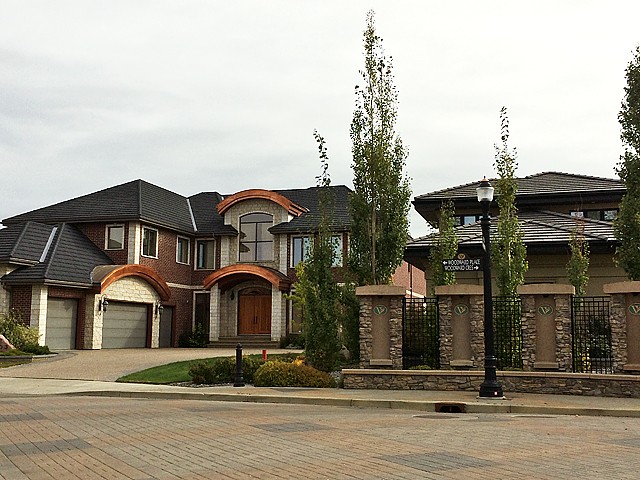 Homes in Oleskiw. Image Credit:
Homes in Oleskiw. Image Credit: 
